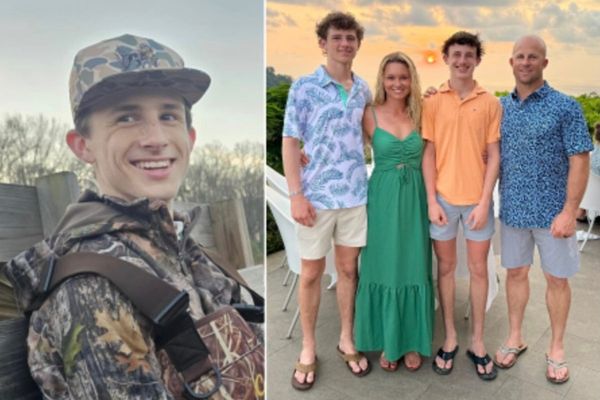
Influential leaders inspire people to work as a team to pursue a common goal. Few leaders have inspired teams as successfully as Mike Krzyzewski, Duke’s Coach K.
With a win over Arkansas this weekend, the Blue Devils earned a spot to the Final Four of the NCAA college basketball tournament and will face off against Duke’s rival, North Carolina. Krzyzewski has now passed legendary UCLA coach John Wooden for the most Final Four appearances in the history of men’s college basketball.
While Krzyzewski’s numbers are impressive, those titles are partly the result of a powerful communication device Krzyzewski has expertly adapted to produce winning teams: the analogy turned symbol.
“I look at the members of our team like the five fingers of a hand,” Krzyzewski wrote in his book, Leading with the Heart. “If five talented individuals don’t perform as a team, they may not be as strong as five less-talented individuals who do.”
Five fingers rolling together as one into a fist is an analogy that Krzyzewski uses as a tool to teach his players about the five fundamentals of teamwork, the qualities that turn individuals into great teams. The fundamental qualities are communication, trust, collective responsibility, caring, and pride.
“I like to think of each as a separate finger on the fist. Any one individually is important. But all of them together are unbeatable,” says Krzyzewski.
Leaders who use analogies to educate their players, employees, or members of an organization are relying on an ancient rhetorical device that the Greek philosopher Aristotle recommended as a means of persuasion. Compare an abstract topic to something familiar, and your idea will be far more impactful and ultimately memorable.
For example, an attorney who worked for Duke’s basketball team in 1991 said that the lessons he learned from Coach K—especially the image of a fist playing as one unit—are lessons he now uses to manage a large group of lawyers. A powerful analogy sticks with people long after they first hear it.
In rare cases, a leader can turn an analogy into a symbol. And when that happens, it's pure gold. When you see Duke players or Coach K on the sideline raising a fist, they’re communicating and celebrating teamwork. In one astonishing display of symbolism, former Blue Devils player and coaching assistant, Jeff Chapel, presented Krzyzewski with a statue of a fist made from steel.
Although Chapel, now the head coach for the University of Pittsburgh, lost the game to his mentor, he was overcome with emotion. Chapel told a sports reporter for USA Today that the powerful analogy of teamwork stuck with him since his playing days. “I’ve believed that since I was 17 years old, and that’s what I told him [Coach K] when I gave the statue to him.”
What analogy are you using to inspire, motivate, and educate your teams? Turn the analogy into a symbol and you’ll make believers out of your team, too.







